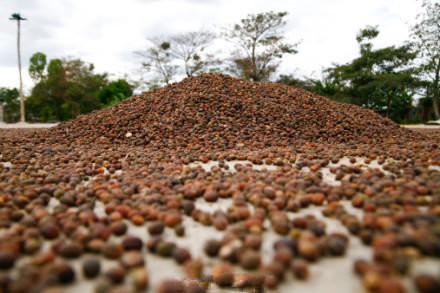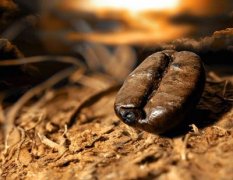How to make civet coffee How to make civet coffee

Production methods: 1, civets love to eat ripe red coffee fruits on coffee trees; 2, pick out undigested coffee seeds from cat droppings; 3, remove the silver gray film of coffee seeds, wash them with water and dry them in the sun; 4, stir-fry to make Luwak coffee beans.
Important Notice :
前街咖啡 FrontStreet Coffee has moved to new addredd:
FrontStreet Coffee Address: 315,Donghua East Road,GuangZhou
Tel:020 38364473
- Prev

The basic knowledge of Kopi Luwak the Development of Musk Coffee
Course of development: Kopi Luwak first introduced Kopi Luwak coffee to the United States (M.P. Mountanos) pointed out that when I heard about this kind of coffee fermented in the body, I thought it was a joke in the industry, but I didn't take it seriously. Later, when I saw a special report on Kopi Luwak in National Geographic, I became interested in her, and it took seven years to find a stable source of supply.
- Next

The making skills of Musk Coffee Common sense of Kopi Luwak
Production skills: 1. Indonesians remove the silver-gray film on the appearance of coffee beans, wash them with water, dry them in the sun, and then stir-fry them to become cat poop coffee beans. 2. Only about 150 grams of coffee beans can be extracted from a jin of civets' feces, which will cause 20% loss in the baking process. Due to the unique raw materials and processing technology, this kind of coffee can be said to be very rare.
Related
- Beginners will see the "Coffee pull flower" guide!
- What is the difference between ice blog purified milk and ordinary milk coffee?
- Why is the Philippines the largest producer of crops in Liberia?
- For coffee extraction, should the fine powder be retained?
- How does extracted espresso fill pressed powder? How much strength does it take to press the powder?
- How to make jasmine cold extract coffee? Is the jasmine + latte good?
- Will this little toy really make the coffee taste better? How does Lily Drip affect coffee extraction?
- Will the action of slapping the filter cup also affect coffee extraction?
- What's the difference between powder-to-water ratio and powder-to-liquid ratio?
- What is the Ethiopian local species? What does it have to do with Heirloom native species?

